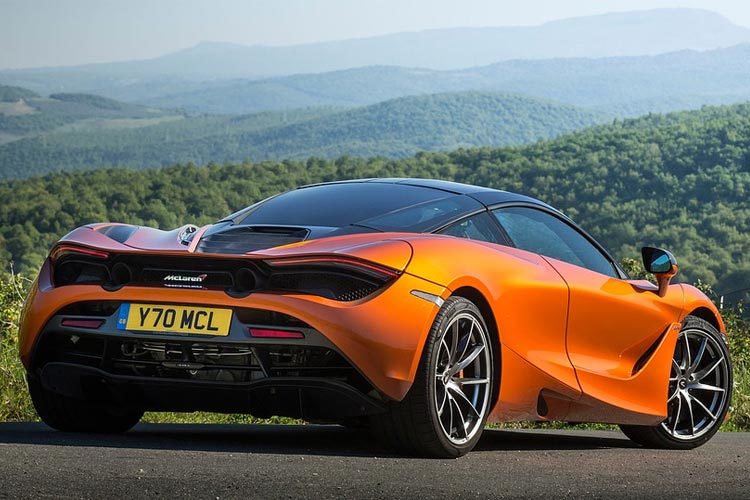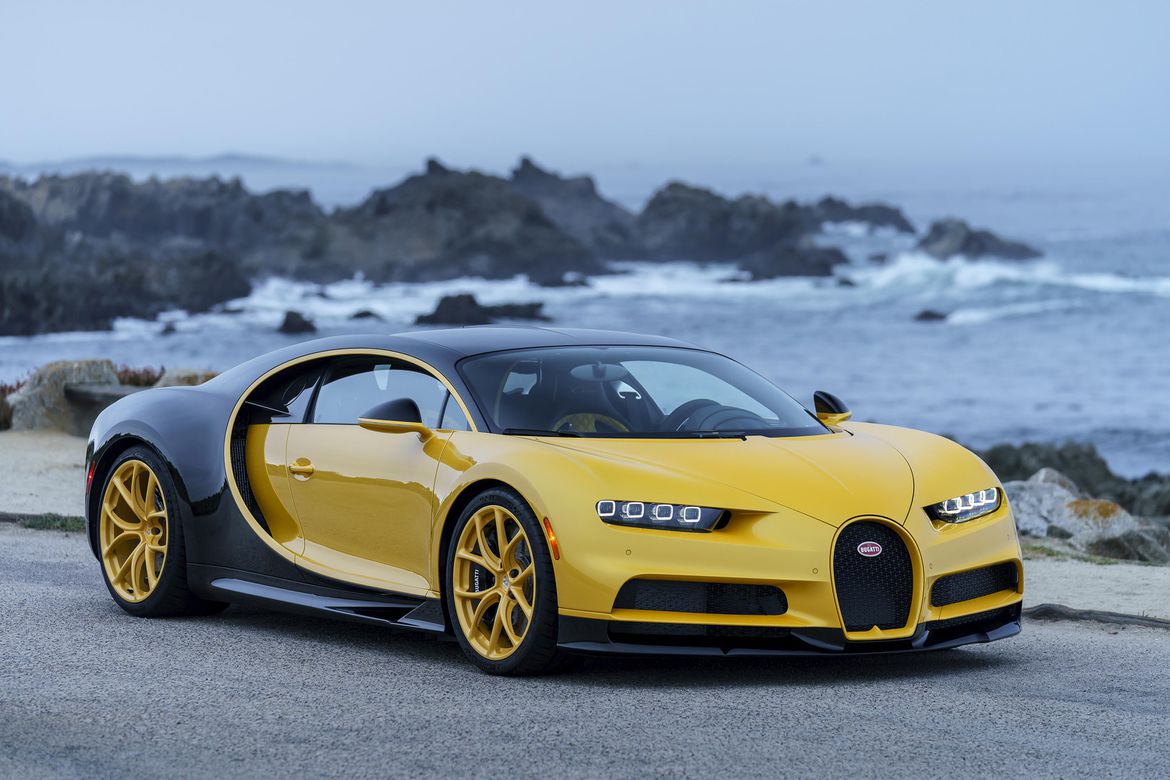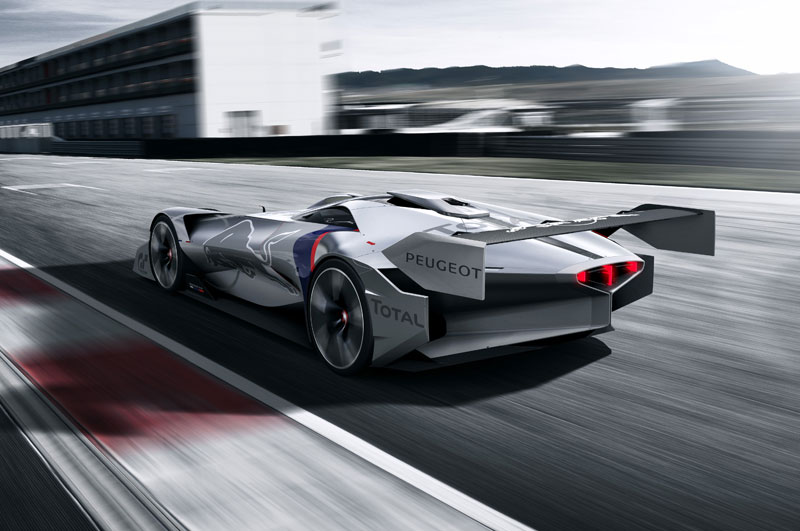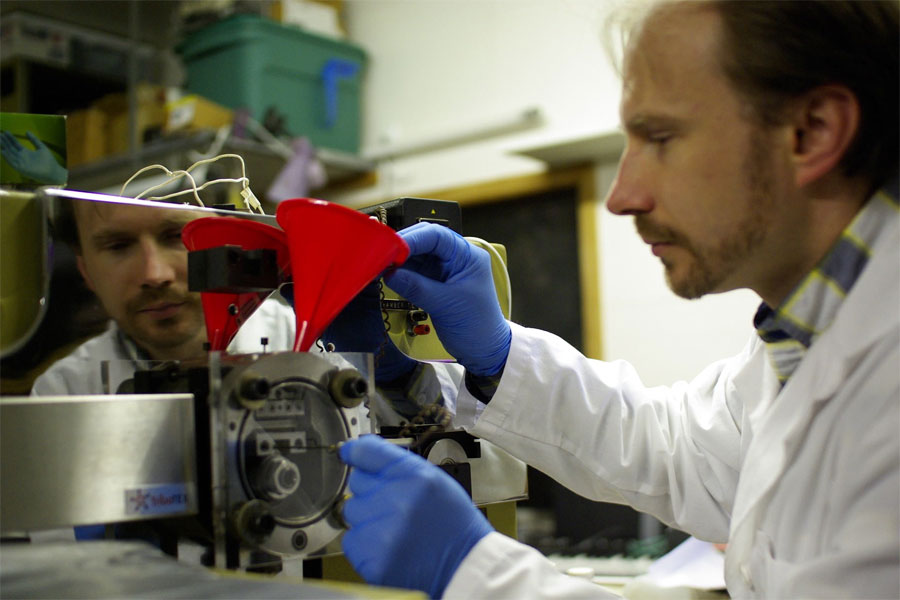If you know what’s in something, then you can make the best choice. For example, if you’re looking at hazelnut spread, there’s Nutella, and then there’s the generic version. What makes them different? Well, if you hold the “Kroger” brand up to the name-brand, you’ll find the only real difference is the presence of soy. However, Kroger is half as much for twice as much.
So the next question is: do they taste the same? And the answer is: yes; almost identical. So why buy the name brand when you can get more for your money? The key ingredient is hazelnuts, after all. Well, when it comes to ceramic coatings, you’re in a similar position. The key to the best ceramic coating for your vehicle is the specific polymer involved.
A polymer is essentially a fancy word for a “macromolecule”, which just means a “big molecule”. It’s still small, but it’s comparatively large. You want the right “macromolecule” in your ceramic coat for best results; this is the “active ingredient”—it’s the hazelnut in the hazelnut spread, as it were. Ceramic polymers are applied in liquid form.
Ceramic is an inorganic metal and non-metal bound together at the molecular level. Essentially, a liquid ceramic coating is designed to retain liquidity until applied to a surface where it can harden. Different materials will have different results, and which you use depends on your proclivities. Get some advice. Generally, the following three are considered best.
The Last Coat
One of the most well-revered coatings comes from The Last Coat. It’s an effective and durable brand that’s very easy to use. Many will quickly recommend this liquid ceramic polymer for strong vehicular coats. You can expect a shine like a mirror, and a much better result than some otherwise normative “wax” job.
Just to independently verify, go onto Amazon and Facebook, then examine the reviews. You’ll find thousands of them in the five-star range. Also, you can do a YouTube search to see what vehicular enthusiasts think about The Last Coat. You’ll find this is often the go-to endorsement as pertains to ceramic polymer exterior coats.
Revive
Now the “hazelnut” of this spread is a sort of silica. The coating is meant to be a temporary one, and the application of the spray-on variety is pretty straightforward. The formula is known as Sio2, and what makes it recommendable are the hydrophobic qualities that can be seen after the curing process. Essentially, this keeps your vehicle from extensive water damage.
Liquid Wax
CarGuys have developed this option recently. You’ll find Liquid Wax on Amazon.com. Basically, it’s the shine associated with wax, but including a polymer. The results are said to be quite solid. Hydrophobic qualities are retained even after several weeks. However, since it is liquid-based, the application is a bit more difficult than traditional spray-on options.
Finding The Best Option For You
Different vehicular owners will have different preferences. You may want to do a little research for the best results. There are resources out there. To get a better idea of what your best options are, you might try CarPro; a site with many resources to get you the best available options on the market.
Three of the best possible options presently are The Last Coat, Revive, and Liquid Wax. But by no means are these the only solutions on the market now as pertain to traditional—and non-traditional—ceramic coats.
You’ll want to weigh your options carefully, do a little research as you are now, and maybe even ask a friend. There are some fine solutions to make your car look shiny and stay shiny for weeks, months, and if you do the job right, even years.













